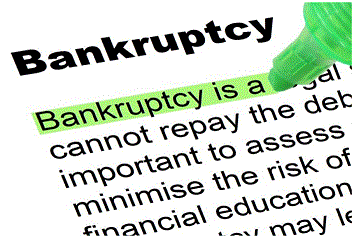In a previous post, we discussed the risks of Collateralized Loan Obligations, a type of complex credit derivatives. Since then, the trend in securitizing loans is still upward. Nowadays, not only performing loans but also non-performing loans are being securitized and sold to investors.
A non-performing loan is a loan that is in default or close to being in default. Depending on the terms of the contract, a loan can become non-performing after being in default for 90 days. Recently, independent.ie reported
Non-banks - including vulture funds - that have amassed billions of euro of non performing loan (NPL) portfolios are likely to securitise some of those loan either to lower their own financing costs or simply to raise cash...This trend already appears to be underway, with Scope noting a €419.8m deal by Lone Star in the third quarter of last year when it raised funds by borrowing against the value of portfolio of performing and non-performing loans. Read more
Securitization is a proactive measure that allows a financial institution to transfer the risks of a portfolio of non-performing loans.
The massive bad-loan sales in recent years began with boom era commercial property and developer loans that have now largely been removed from bank balance sheet. Lenders here now have what the agency called “relatively granular NPL stock” mainly of SME loans and residential mortgages. These are significantly easier to securitise than CRE portfolios, and if the “No Consent, No Sale” bill became law, so called synthetic securitisation remains a viable risk-transfer mechanism. Synthetic securitisation involves banks buying complex financial derivatives to insure against the risk of borrower defaults.
However, there are many issues associated with managing the risks of these non-performing loans, notably the lack of standard definitions and valuation methodology. A solid regulatory framework should be developed to ensure market transparency and to facilitate risk management.
Originally Published Here: Are Collateralized Loan Obligations the New Debt Bombs? Part Two

No comments:
Post a Comment